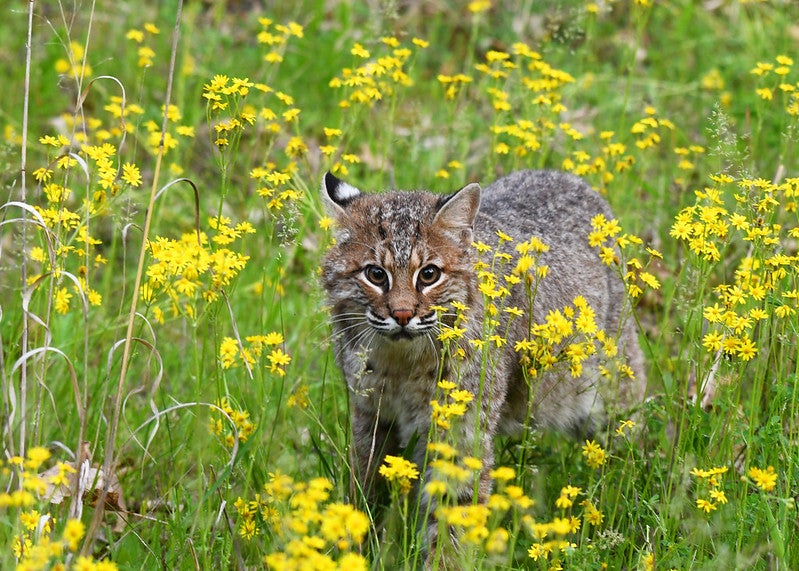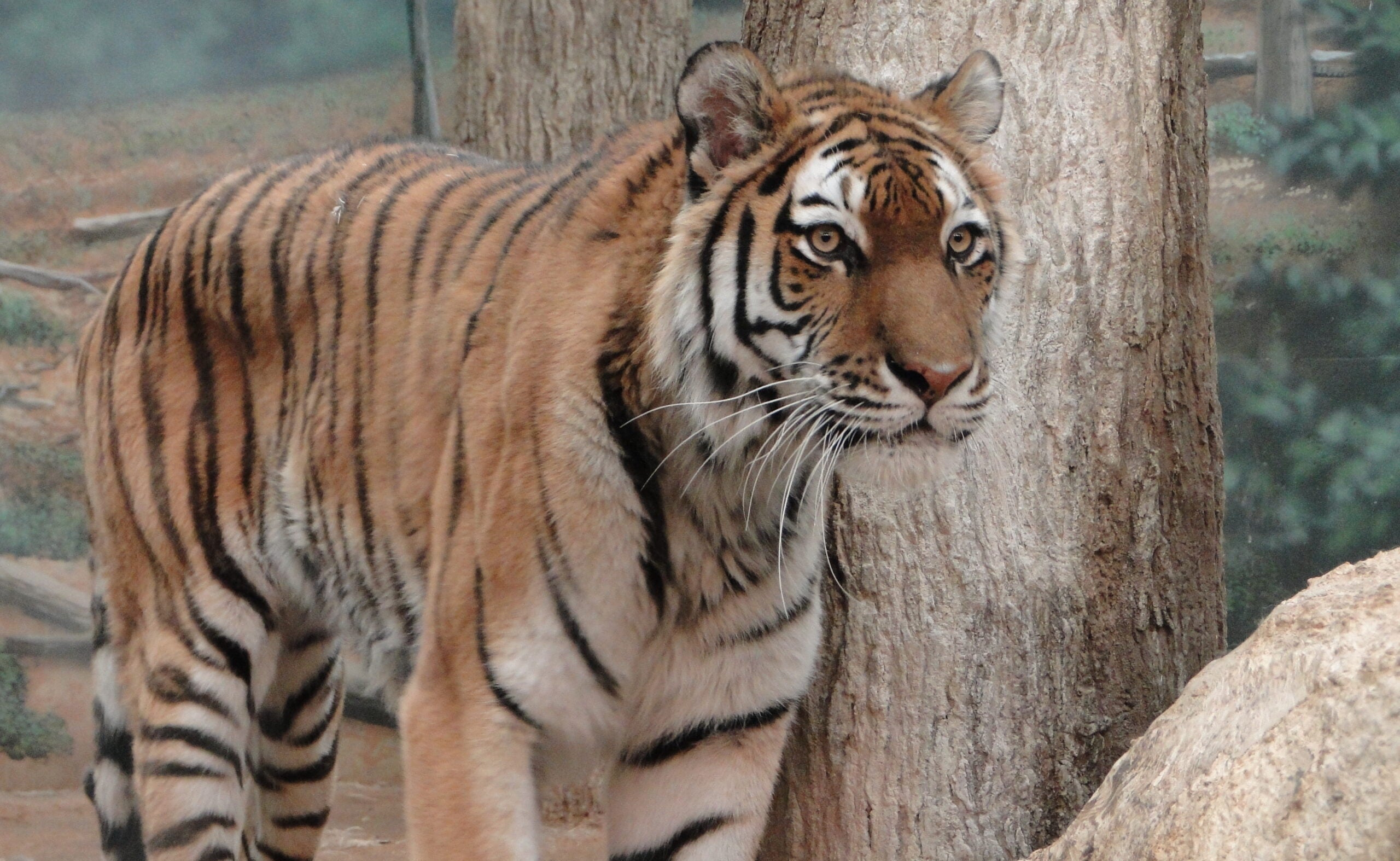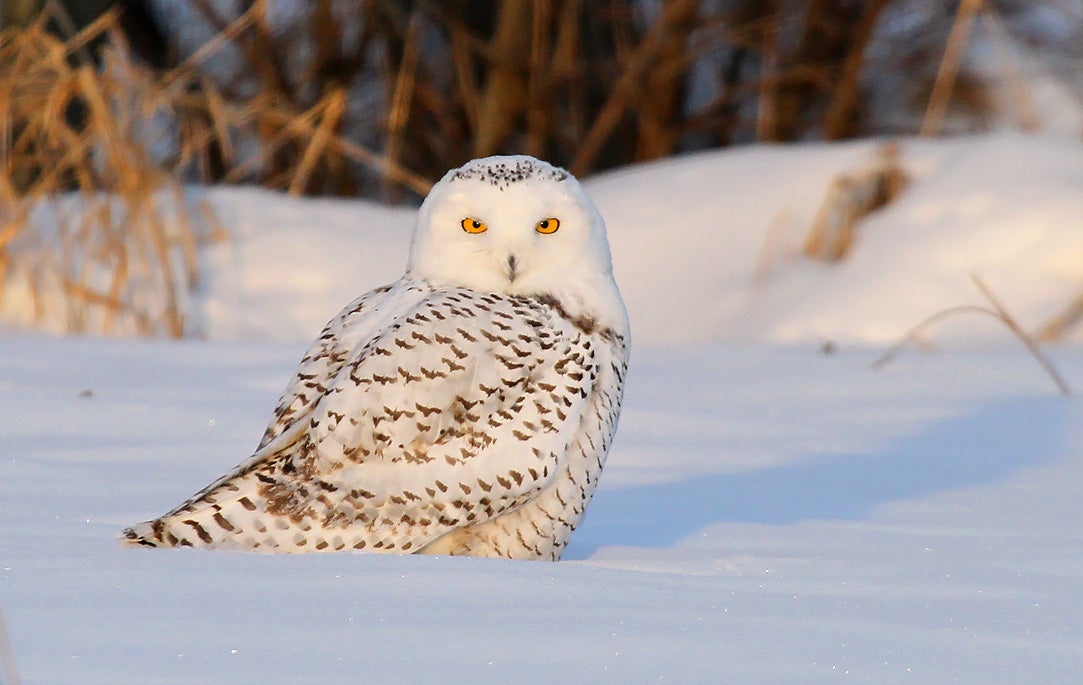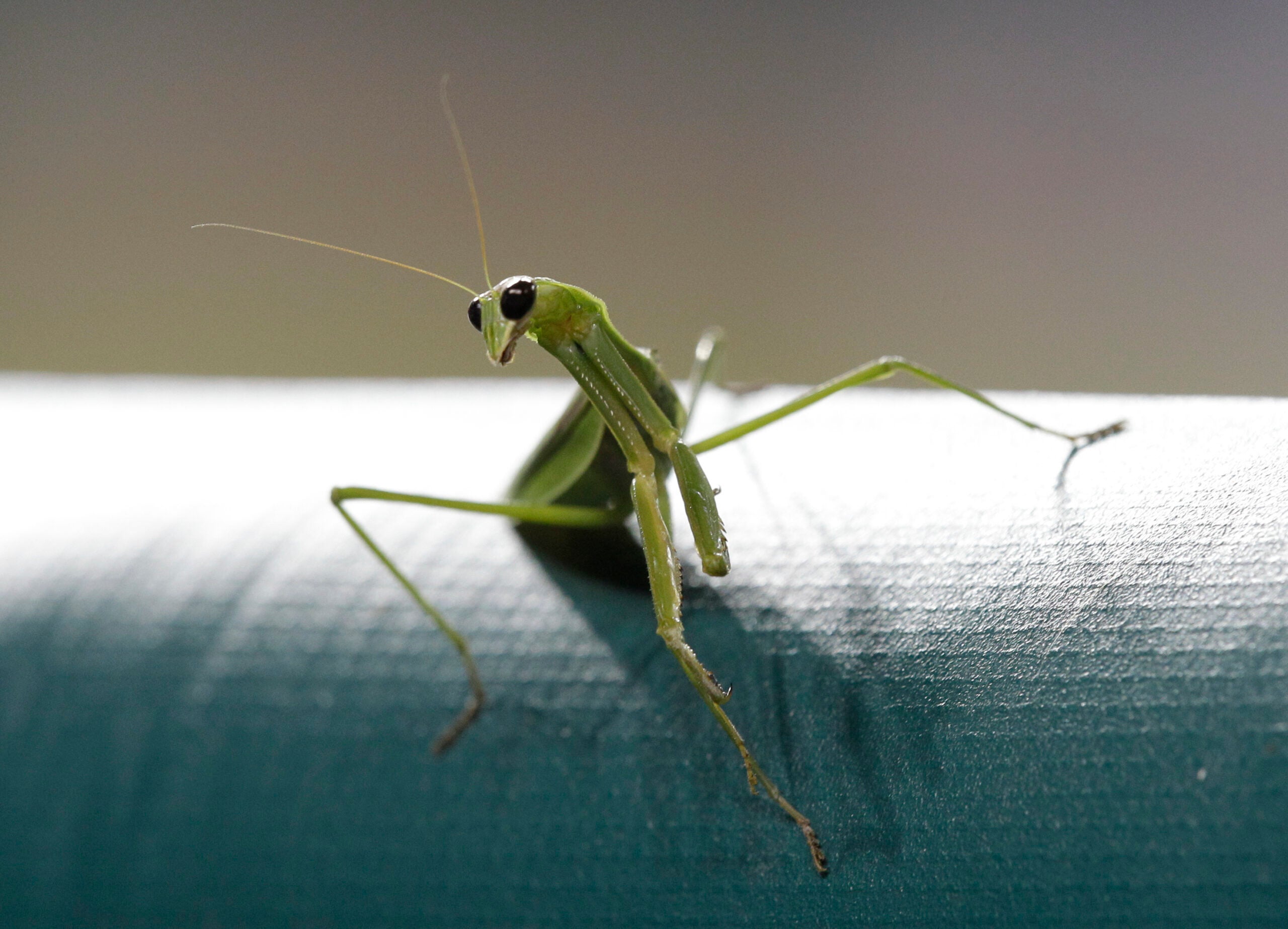Bobcats are a conservation success story in Wisconsin. Once considered a nuisance, their numbers more than doubled from 1980 to 2016, reaching about 3,500.
But you are unlikely to see evidence of their comeback walking through the woods, says Shawn Rossler, a wildlife biologist with the state Department of Natural Resources.
“I have seen bobcats in the wild, but it is rare, and I want everyone out there to know that it is rare for them to see one, as well,” Rossler said. “So if they do get that opportunity, make sure they soak it all in because they might not have it too often.”
Stay informed on the latest news
Sign up for WPR’s email newsletter.
Rossler recently talked about the animal’s resurgence on Wisconsin Public Radio’s “The Morning Show.” He explained what to know about bobcats and how the state oversees their hunting and trapping.
The following is edited for brevity and clarity.
Kate Archer Kent: Can you compare the size of my sweet housecat, Maddy, who’s 9 pounds, to the size of bobcats roaming Wisconsin?
Shawn Rossler: When you look at a bobcat, the average weight is somewhere between 20 and 30 pounds. Of course, they can be smaller than that, closer to Maddy’s size, or they could be larger than that. Some bobcats get up to 40 pounds.
When you start to look at other characteristics, the tail is an important one to look at. Bobcats have a tail that’s roughly 4 to 7 inches long and has a little black dot at the end, blacked out at the tip. Another thing that we look at with bobcats is the larger eyes. They have those large eyes to allow them to see prey and things at night.
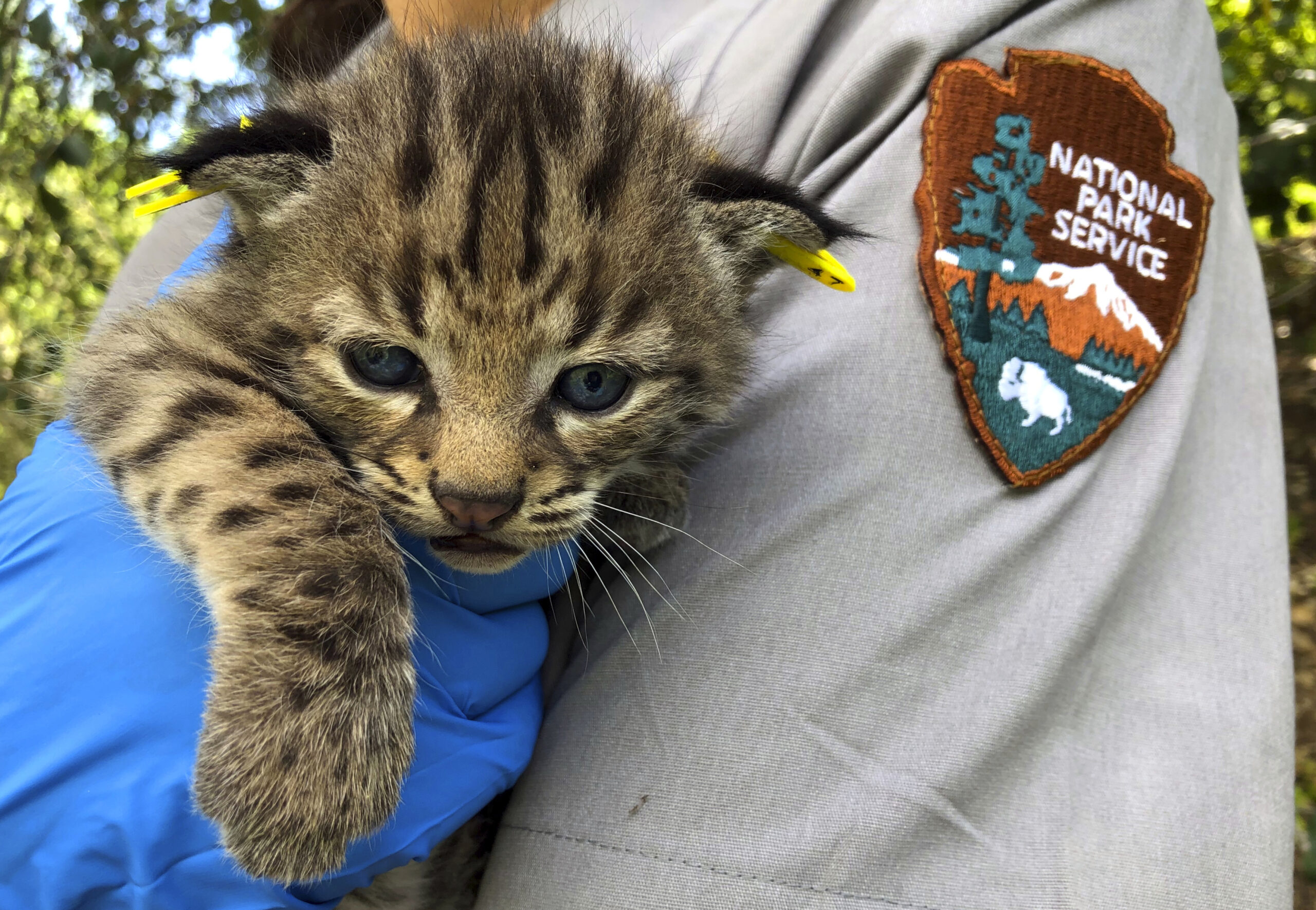
KAK: What are their markings like?
SR: The overall coloration can change. But in Wisconsin, a lot of our bobcats overall, the body is a tawny color. And then if you move down into the belly, it’s white with black spotting. One thing I really like to point out to people, if they’ve asked if they’ve seen a bobcat, is if you look at the back of the ears, there’s black. But then there’s also a very distinct white blaze across the back of those ears. So that can be an indicator. If you look at the inside of the front legs, you’ll see black barring.
KAK: How prevalent are bobcats in Wisconsin?
SR: They’re doing really well, especially when you compare it to 40 or 50 years ago. And that’s not only a success story here in Wisconsin, but it’s played out across the Midwest. States to our south that didn’t have bobcats now have bobcats. And if you look at their distribution, you have bobcats from Quebec all through the lower 48 down to Mexico City. So they have quite a wide distribution range here in North America.
KAK: What is contributing to that success story? Why are they coming back?
SR: You have to look at the past and understand what’s going on now. Historically, we had bobcats across the landscape in Wisconsin… Up through the 1960s here in Wisconsin, we actually had a bounty system to incentivize harvests.
Our philosophy’s changed. We started to regulate harvest. And so we’ve created systems now that provide Bobcat protection along with recovery of a lot of their habitats. We’ve seen them expand from northern Wisconsin, where we’ve always had bobcats, to the south.
KAK: Looking at the hunting and trapping season for bobcats getting underway in mid-October, how competitive is the process for getting a permit?
SR: The interest in applying for (bobcat hunting) permits has increased over the years. If you look back five years, it was somewhere between 16,000 and 19,000 people that had interest in applying for a permit. Over the last three years, we’ve gone from 27,000 to 29,000 to 30,000 people that have applied. So that interest continues to increase.
We’re trying to figure out why that is. Is it because there’s more bobcat available and people see them? Or, you know, for a while (we) thought it might have been related to a COVID bump. But we’ve seen that continue. So we’re scratching our heads trying to figure out why we’re seeing that. But it’s nice to see the interest in applying for a permit.
KAK: What do hunters usually do with bobcats that they kill?
SR: Bobcats can be used for different things. This may sound strange to some listeners, but bobcat is a great protein source, so people will retain the meat from those animals and use that as a protein source.
We also see the fur being used for garments or other things. And then if you look at the skull, some people will clean up the skull and use it for educational purposes or personal use as well.
So a lot of times the people that are seeing these animals are using it to the fullest potential that they can.
Wisconsin Public Radio, © Copyright 2025, Board of Regents of the University of Wisconsin System and Wisconsin Educational Communications Board.
